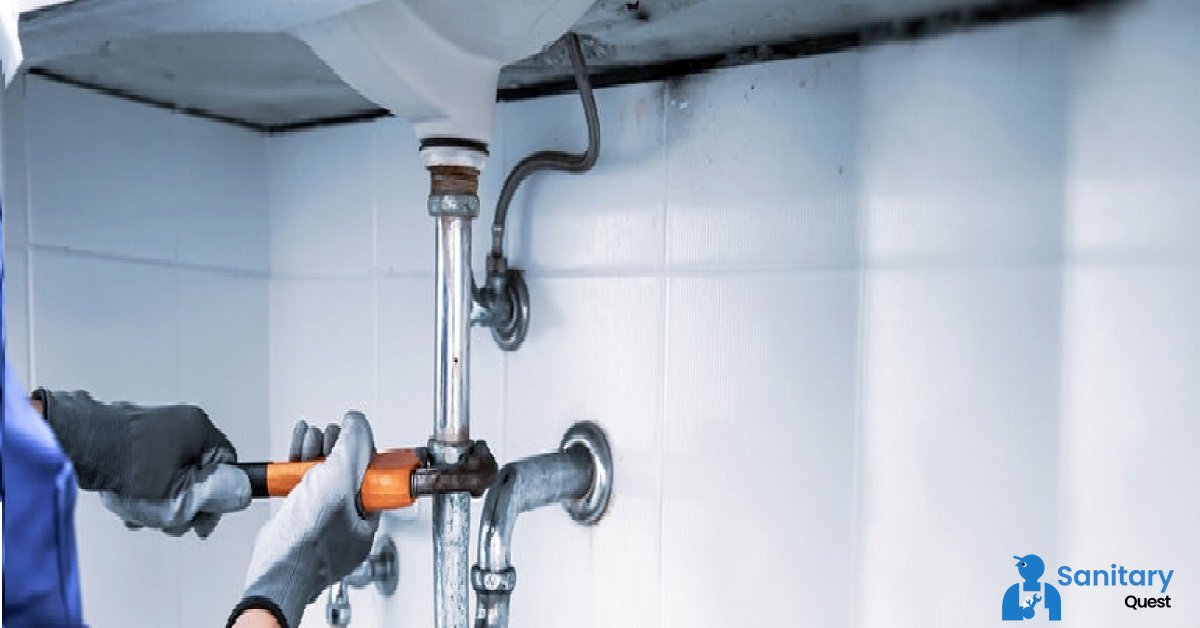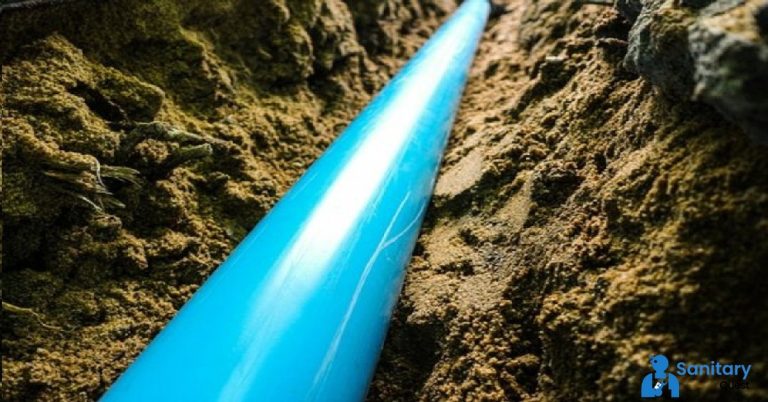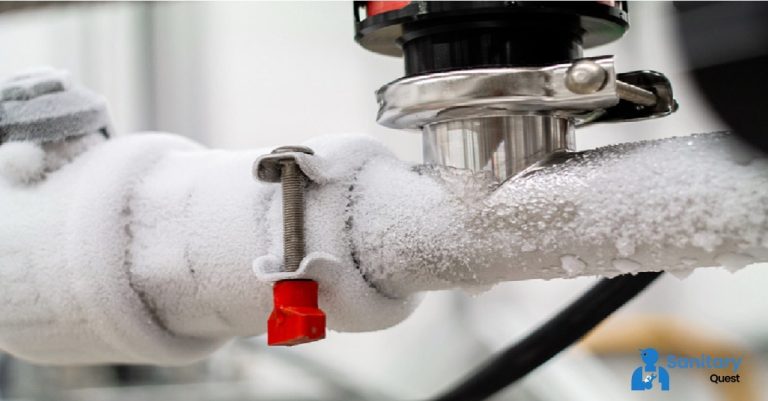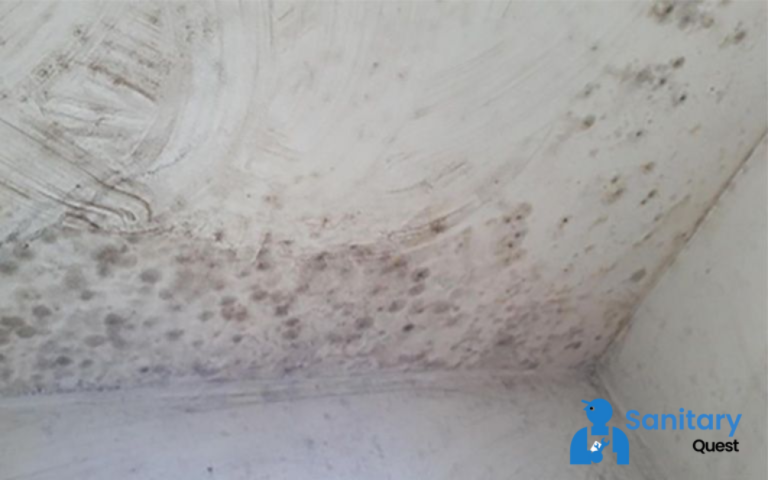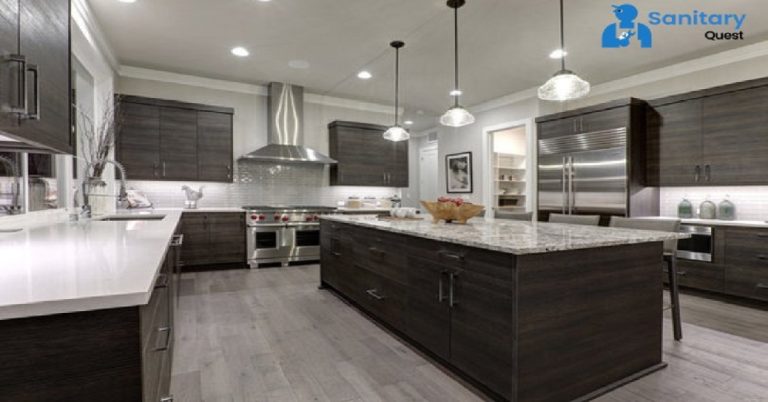How to Unclog a Bathroom Sink?
It’s possible that the substance that’s causing the clog in the bathroom sink is going to play a role in determining how you go about unclogging it. Either use vinegar and baking soda to clear the clog or tweeze the hair out of the drain so it can be flushed away. A plunger and a drain snake are the two pieces of equipment that should be used in your bathroom sink whenever there is a larger clog to be cleared. Finding out what caused the clog in the bathroom sink is the first step in the process of removing the obstruction from the drain.
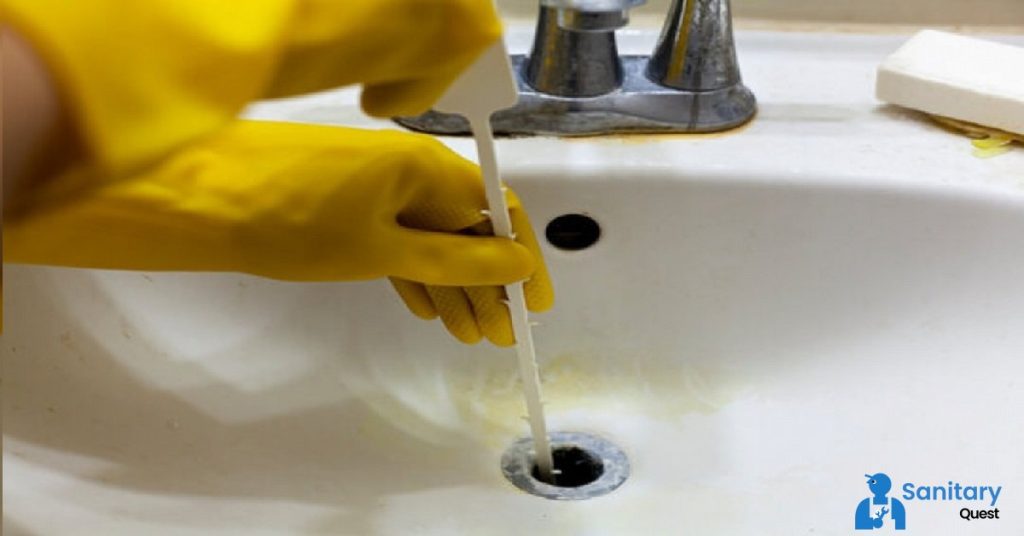
The following is a list of six different ways to fix a clogged drain in a bathroom sink. The majority of these tips also apply to drains in showers and kitchen sinks. Put your hands in your pockets and get to work. If the sink in your bathroom begins to fill with water and refuses to drain, the plumbing specialists in Los Angeles are always there to assist you
Why is my bathroom sink clogged?
There are four common causes that are responsible for the majority of bathroom sinks that become clogged. Find out which of these problems you are going to tackle first, as doing so will enable you to get off to a good start in addressing the problem. Look for:
- Clumps of hair
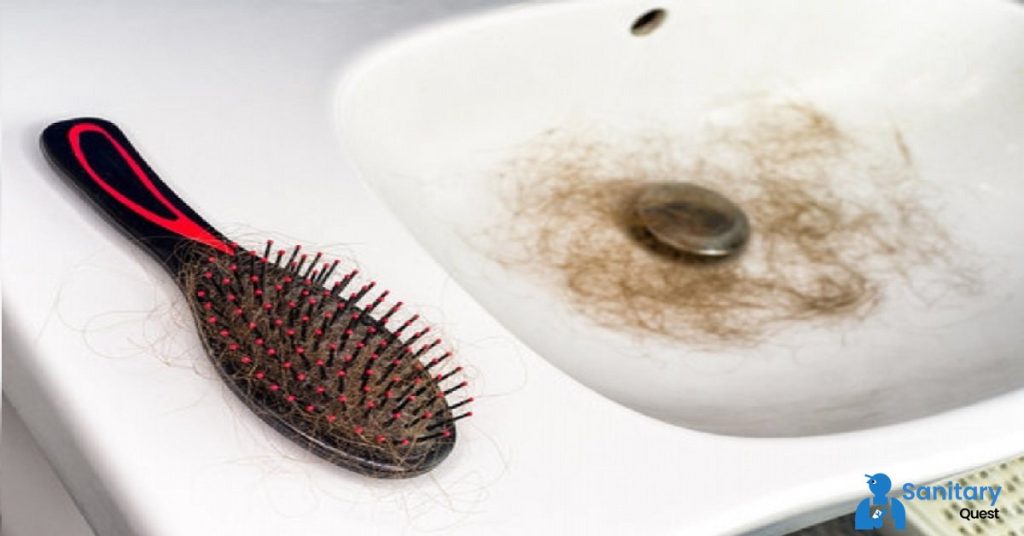
When hair goes into the drain of your sink, it clumps together and then gets caught on the walls and twisted up in the various components of the drain.
To remove hair, you can either use long tweezers or a zip-it tool. If neither of these solutions works, you should attempt to take apart the entire drain. (for further reading, see “Clean the P Trap” below)
After you figure out how to unclog a hair-clogged bathroom sink, put a preventative screen over your sink and shower drains to make it less likely that the problem will happen again.
- Soap scum
If you have hard water, you are more likely to experience problems with soap scum. Over time, it can accumulate in your pipes and stimulate the growth of mold and mildew. If the sludge in your bathroom sink is stopping it from draining well, try the following:
To get rid of soap scum that has built up, you can either pour a pot of boiling water down the drain or use baking soda and vinegar. If it continues to be stubborn, try soaking it in some hot water.
- Something stuck in p-trap
The curved pipe that is located beneath your bathroom sink and connects your sink drain to the pipe in the wall is called a p-trap. It prevents potentially hazardous sewer gasses from rising into the drain.
Remove the p-trap from your bathroom sink, then clear out any debris, including sludge, hair, and other large objects that may have become trapped inside (see details below). It is recommended that you wear gloves made of rubber.
- Damaged pipes
Rust, corrosion, and other common problems can damage pipes over time, which can lead to a slow drain or a blockage.
Pipes that are old and rusty should be replaced before they get clogged with dirt and water. For temporary relief, you might plunge them or snake them. Get an expert opinion on the state of your plumbing from a licensed plumber.
Unclogging your sink
Try the solution we suggested for your issue up above once you’ve determined what caused the blockage in your bathroom sink in the first place. If you can’t figure out what’s wrong with your drain or if it’s still not draining properly, you should try each of these solutions in the order they are listed.
Take note: Chemical drain cleaners should never be used. They pose a risk to your plumbing.
- Baking soda and white vinegar
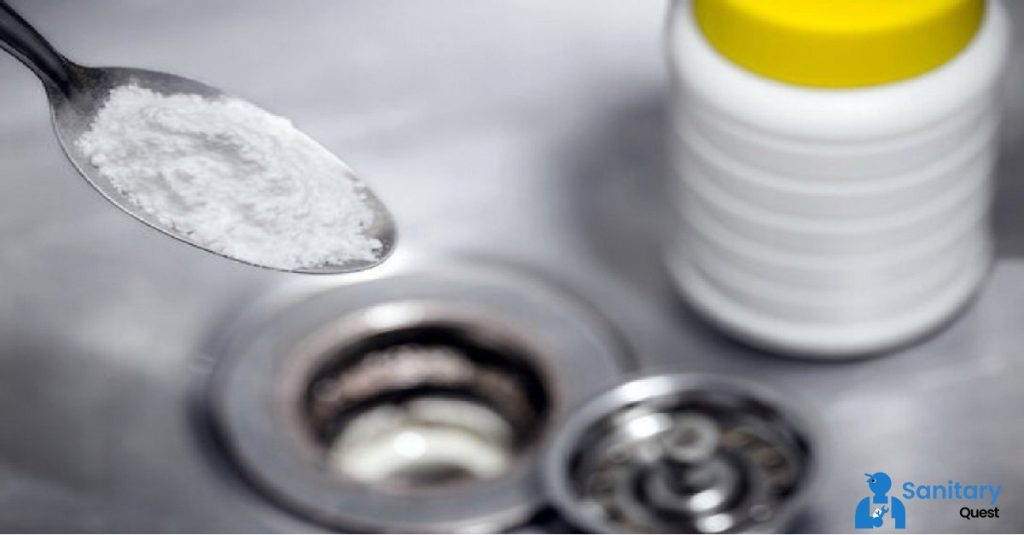
1. Turn the screw to remove the drain cover, then take the stopper out of the sink.
- Take one and a half cups of baking soda and one cup of white vinegar and measure them out.
- The drain should have a half cup of baking soda sprinkled into it.
- The cup of vinegar should be poured down the drain.
- Allow the liquid to rest in the drain for a few minutes, up to the point where the bubbling ceases.
- Pour boiling water down the drain to clean it.
- You should carry out the procedure up to three times.
2. Fix a hair clogged drain
- Take out the plug in the bottle.
- You should look down the drain using a flashlight.
- If the hair is visible, you should use tweezers with a long nose to remove it immediately.
- If you are unable to locate the hair, you can either use a zip-it tool or bend and insert a wire hanger in order to extract it.
- Move the tool up and down the drain as far as it can go. Don’t bother trying to force the issue.
- Try inserting the tool at a few different angles. Make an effort to move it around the drain in order to collect more hair.
- Proceed with the process multiple times, rinsing each time with hot water as required.
3. Bathroom plunger
- Use a cup plunger.
- Take the cap off the bottle.
- Tape or a cloth can be used to block the overflow exit of the sink.
- Towels or rags should be placed on the ground all around the sink.
- Warm water should be added to the sink.
- Create a hermetic seal over the drain by utilizing the cup that comes attached to the plunger.
- The seal on the plunger should be pumped up and down multiple times using movements that are rapid and crisp.
- Check to see if the clog in the drain has been removed by testing it.
- It is important to repeat this multiple times.
4. Clean the p-trap
- Wear rubber gloves and place a bucket under your p-trap to catch any water.
- Slip nuts can be loosened by hand or with pliers, depending on the situation.
- Free the p-trap by jiggling it back and forth, then empty the water into the bucket.
- Take out any debris and muck that are stuck in the trap.
- Utilizing a bristle brush, thoroughly clean the p-trap.
- After the p-trap has been put back in place and tightened to its original spot, test the drain.
5. Snake – for bathroom sink clogged past trap
- If at all possible, you should use a motorized drain snake, often known as a plumber’s snake or a plumber’s auger.
- Towels or rags should be positioned under the sink.
- Eliminate the use of the p-trap.
- You will need to manually thread the snake into the wall pipe.
- Using the handle, unwind the snake while navigating the various curves.
- When you get to the obstruction, spin the head in both directions (up and down and front and back).
- After the snake has been removed, reinstall the various parts of the sink.
- Investigate the drain.
6. Dissemble the drain
To remove the drain from your sink, follow these instructions in order. Put in new drains in places where the old ones have deteriorated. Installing a new drain in your sink might help restore its pleasant aroma.
Bathroom sink plumbing for Los Angeles’ worst clogs
We hope that you are now aware of how to unclog a drain in a bathroom sink. If you’ve tried everything else and are still having trouble with too much water, contact the experts at Mike Diamond. Some sink clogs are hard to get rid of or are so far down the line that they require more skill and the use of professional tools. We are able to clear these stubborn clogs and get the water flowing freely again in your drain.
FAQs
Q1: How do you clear a bathroom sink fast?
To swiftly clear a bathroom sink, start by using a plunger to dislodge the blockage. If that doesn’t work, remove the sink stopper and use a bent wire or a drain snake to pull out any debris causing the clog. Alternatively, a homemade solution of vinegar and baking soda followed by hot water can often dissolve minor blockages.
Q2: How do you open up a bathroom sink drain?
To clear a bathroom sink drain, start by removing the stopper or drain cover. Then, use a tool like a drain snake or a bent wire to pull out any debris causing the blockage. Alternatively, a mixture of baking soda and vinegar followed by hot water can often dissolve minor clogs.
Q3: How do you clear a bathroom sink by yourself?
To clear a bathroom sink on your own, start by removing the stopper or drain cover. Use a tool like a drain snake or a bent wire to pull out any debris causing the blockage. You can also try a mixture of baking soda and vinegar followed by hot water to dissolve minor clogs. If the blockage persists, you might need to dismantle the P-trap beneath the sink to manually remove the clog.
Q4: Can vinegar unclog a sink?
Vinegar can be a helpful ingredient in unclogging sinks, especially when combined with baking soda. However, for more stubborn blockages, especially those caused by a significant buildup or deeper in the pipes, you might need to use additional methods or tools for effective unclogging.

